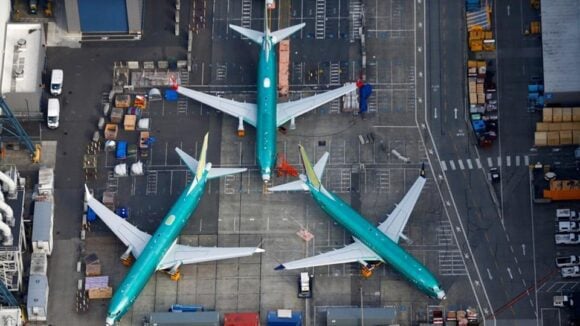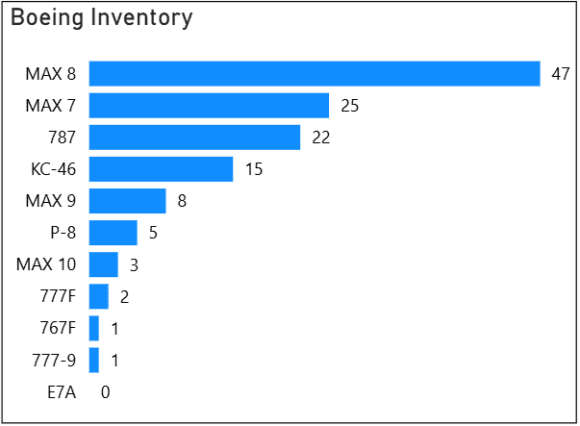Qantas is an airline with an incredible safety record. Its reputation is well deserved and was immortalized in the movie “Rainman”. Equally impressive is the history of the airline. Qantas opened for business in 1920 as Queensland and Northern Territory Aerial Services.
Qantas has been a Rolls-Royce customer for decades when it started flying 747s. Its 747SPs were the only to ever sport Rolls engines. It seemed like a relationship set to last forever when Qantas ordered its A380s with Rolls-Royce engines. Rolls-Royce had been an excellent vendor and the airline’s reputation was pristine.
Then came QF32 on November 4 2010. Looking back, the accepted view is that it was a miracle the plane survived the way it did – and crucially – the crew was superb. Without doubt the A380 survived an event that could easily have destroyed a lesser (or older) airplane. But the key factor in bringing the plane back with dozens of errors flashing on the FMC was the flight deck crew. The five pilots saved the day, the plane and over 400 souls.
But out of the event has been a steady drum beat of dissatisfaction from Qantas directed at Rolls-Royce. The drip drip drip was initially disappointment, and grew from there to irritation and to anger and finally the legal system. Rolls-Royce offered something of a low key response in the aftermath of QF32. Qantas’ CEO has expressed some frustration in terms of information flow from Rolls-Royce.
On December 14 the news took a turn for the worse. According the FlightGlobal (based on documents lodged by Qantas with the Australian Federal Court), Rolls-Royce advised Qantas to only use the Trents for 75 cycles. This means Qantas cannot operate the A380 profitably between Sydney and Los Angeles, a key market for the airline. As if this was not damning enough, Rolls-Royce took a third hit as Qantas detailed its history with the engines that power its A380 fleet. A read of this article is truly brand damaging.
The court action is preemptive by Qantas to ensure its position is protected should legal action be required to resolve compensation issues. Qantas’ position is protected using the Australian legal system and the provisions of the Trade Practices Act.
There is a growing sense that Rolls-Royce knew its engines were in need of modification. But this was not hurried – perhaps Rolls-Royce truly did not realize the importance of the modifications as it should have. But if that argument holds true, why did the firm move from A mod, to B mod and to C mod? It must have known something.
Connecting the dots indicates that Rolls-Royce has an uphill battle. The impact on Rolls-Royce is a lot bigger than Qantas. There are two other very important current A380 operators with Trent engines – Singapore and Lufthansa. Yet to come is another key customer, British Airways, whose A380s will also use Trents.
For every A380 operator, the A380 is the flagship. The airplane has proven itself to generate better revenue than expected – so taking an A380 out of service makes airlines very unhappy. Ditto for Airbus.
Besides airlines looking on at the deterioration in relations between longtime customer and vendor with some horror, imagine the consternation in Toulouse. Selling the A380 was never easy. It surely has become more difficult. Airbus is reported to be considering compensation action against Rolls-Royce as well.
The once cozy relationship between Airbus, Rolls-Royce and Qantas has been put under stress – though the angry talk has not gone public – yet. No airline with A380s powered by Trents has breathed a word about switching to GP power. But we understand these conversations have occurred. The consensus is that Rolls-Royce is facing teething troubles, even big ones, and can solve the problems. But Rolls’ information flow has been less than confidence building.
Airbus and Rolls-Royce are tied at the hip on the A350XWB. So its not like these two firms can ignore each other for a while. They need to work through the issues right away.
Meanwhile Qantas is working with Rolls-Royce to get the problems sorted out and their planes back in the sky. The tension among the working groups can’t be pleasant. One more new A380 is due for delivery to Qantas within the next two weeks. Another one, also due for December delivery, has been delayed due to an engine replacement.
Views: 7



